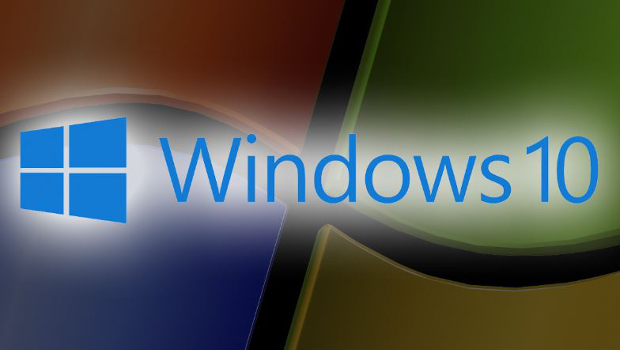
Microsoft deems troubled Windows 10 1809 good-to-go for business
Microsoft has given Windows 10 October 2018 Update the green light, telling business customers that the problem-filled feature upgrade is now ready for organisation-wide deployment.
The announcement arrived just a few weeks before Microsoft is to start distributing the upgrade’s follow-up to consumers and small businesses.
“Based on the data and the feedback we’ve received from consumers, OEMs (original equipment manufacturers), ISVs (independent software vendors), partners and commercial customers, Windows 10 version 1809 has transitioned to broad deployment,” wrote John Wilcox, a Windows-as-a-Service (WaaS) evangelist, in a post to a company blog.
Windows 10 1809 – the upgrade’s moniker in Microsoft’s yymm format – was first released 2 October 2018. Within days, however, the company pulled it while acknowledging that some users had lost files during the upgrade process. Microsoft didn’t re-release 1809 until 13 November – and even then, only cautiously – and it didn’t restart automatic installation until mid-January. The delay put 1809 in a three-month hole.
One commenter who appended a message to Wilcox’s blog simply said: “About time”.
The 135-day interval between the November re-launch and the promotion to ‘business-ready’ – a term Microsoft has stopped using – was the longest since the November 2015 upgrade’s 150 days. It was also well above the 101-day average for the five preceding upgrades.
Microsoft’s last two feature upgrades demonstrated the vagaries of its supposedly-set schedule. Last year’s 1803, aka Windows 10 April 2018 Update, was deemed ready for broad deployment just 45 days after it was introduced. Its successor took two and a half times longer to reach the milestone. Little surprise, then, that Microsoft hasn’t recently boasted – as it did in June 2018 about 1803 – of how the company used its AI (artificial intelligence) technologies to “quickly spot issues during deployment… and as a result has also allowed us to go faster responsibly”.
Even though Microsoft gave the go-ahead to roll out 1809, one update blocker remains. “Microsoft has identified issues with certain new Intel display drivers. Intel inadvertently released versions of its display driver… to OEMs that accidentally turned on unsupported features in Windows,” the firm said in the 1809 status support document. Windows 10 PCs on the block list – in this case, those Microsoft says have incorrect Intel drivers – will not receive the 1809 feature upgrade.
Wilcox also had some good news for enterprise customers, reassuring them that Microsoft would keep proclaiming fit-for-work benchmarks. “We will continue to communicate for future releases the transition from targeted to broad deployment status,” Wilcox wrote in his post.
Continuing communication about readiness was uncertain last month when Microsoft said it would streamline its Windows 10 servicing nomenclature with the release of April’s 1903. Being tipped onto the ash heap of history: “Semi-Annual Channel (Targeted)” or SAC-T, a label used in the opening months of each feature refresh.
It wasn’t the demise of
SAC-T that upset corporate Windows 10 users and IT administrators, it
was the disappearance of the demarcation between consumer-ready and
business-ready, and the announcement of the simpler SAC (Semi-Annual
Channel) that pronounced the transition from one to the other. “Windows
10 is not ready for business on the first day it’s released to Windows
Update,” argued one critic, Susan Bradley, a computer network and
security consultant who also moderates the PatchMangement.org mailing
list. “As Microsoft watches telemetry and dribbles it out, reacting to
issues, putting in blocking notifications, even they acknowledge in a
roundabout way that it’s not ready for business.”
Like others, Bradley wanted guidance from Microsoft about the trustworthiness of each feature upgrade. That seemed about to vanish; when asked by Computerworld whether the company would continue to make written declarations like yesterday’s, a Microsoft representative would only say: “Enterprises should determine their deferral based on the SAC date.”
Wilcox’s assertion said different.
Still up for debate, however, is how ready 1809 really is. Both Bradley and Computerworld columnist Woody Leonard raised questions about the suitability of the upgrade, pointing to still-unfixed bugs and a general lackadaisical approach to patching them.
Also uncertain: How Microsoft will deal with the colliding feature upgrades of 1809 – just now getting approval for business use – and the impending 1903.
On that, Wilcox and Microsoft remained silent.
IDG News Service





Subscribers 0
Fans 0
Followers 0
Followers